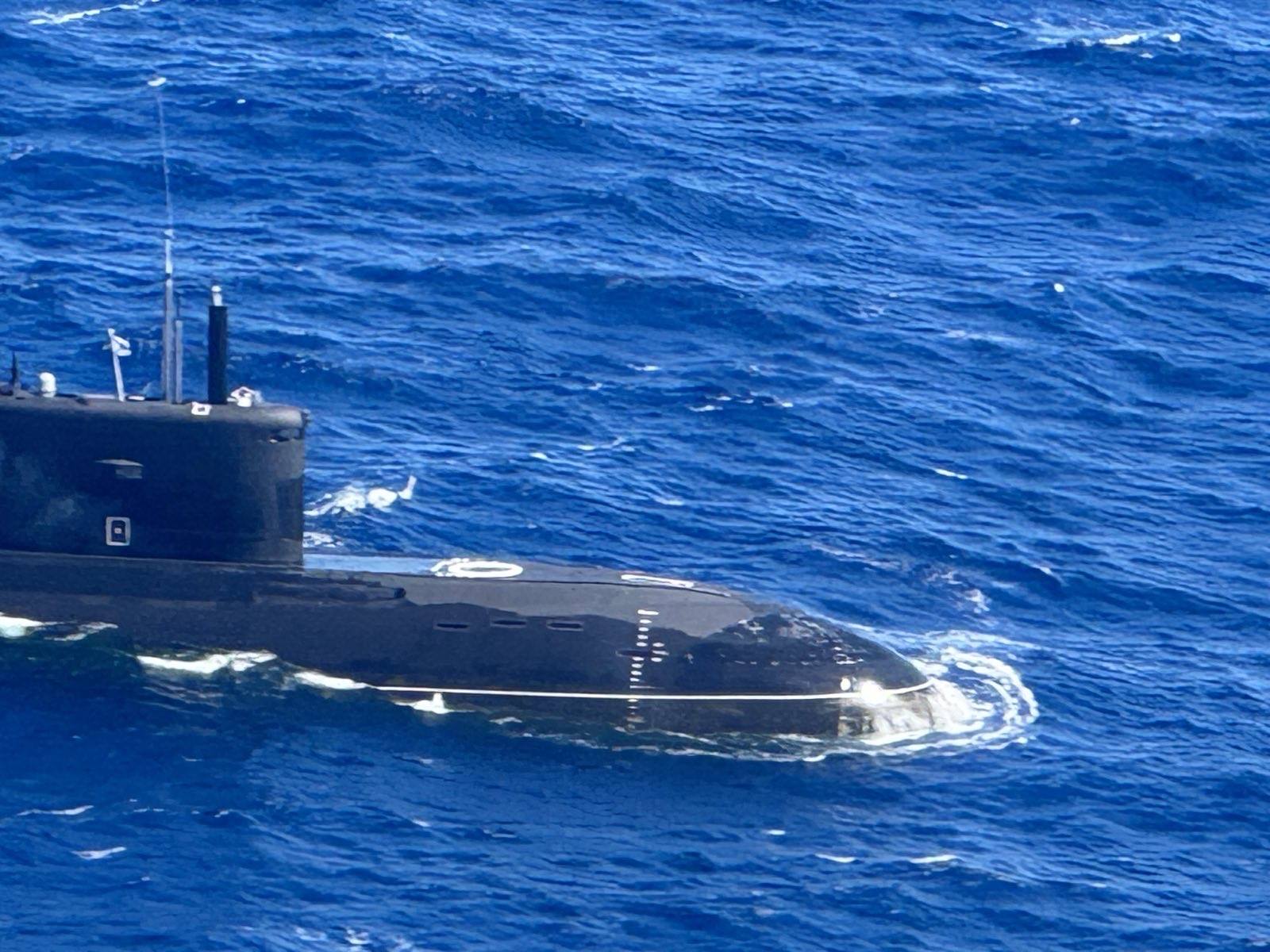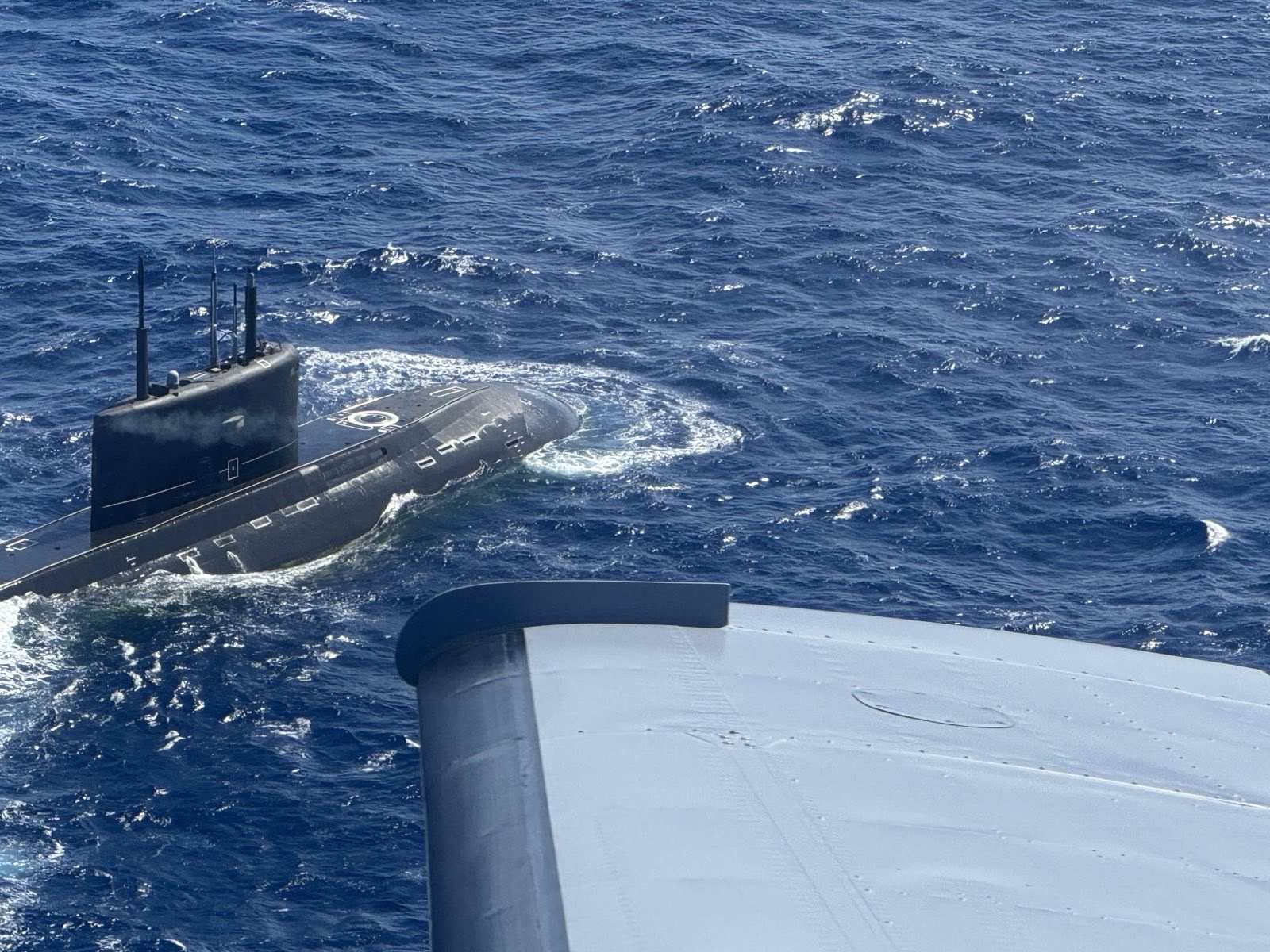Russia Eyes Airbase in Indonesia: Strategic Bombers May Soon Take Off from Australia’s Doorstep
According to an international defence intelligence portal, Moscow is seeking access to Manuhua Air Base in Papua—the easternmost province of Indonesia—to station its long-range assets, potentially including the Tu-95 ‘Bear’ strategic bomber.
(DEFENCE SECURITY ASIA) — In what could mark a significant turning point in regional military dynamics, Indonesia has reportedly received an official request from the Russian government to deploy long-range military aircraft, including nuclear-capable strategic bombers, on Indonesian territory.
According to an international defence intelligence portal, Moscow is seeking access to Manuhua Air Base in Papua—the easternmost province of Indonesia—to station its long-range assets, potentially including the Tu-95 ‘Bear’ strategic bomber.
The proposed deployment site, Manuhua Air Base, shares its runway with Frans Kaisiepo International Airport, highlighting the dual-use nature of the facility.
“Separate sources from the Indonesian government have confirmed to Janes that the request was received by the office of Defence Minister Sjafrie Sjamsoeddin following his meeting with the Secretary of the Security Council of the Russian Federation, Sergei Shoigu, in February 2025.”
“In the request, Russia seeks to base several long-range aircraft at Manuhua Air Base, which shares a runway with Frans Kaisiepo Airport, according to documents presented to Janes.”
Manuhua Air Base is strategically located on Biak Island and serves as the operational hub for the Indonesian Air Force’s 27th Air Squadron, which flies CN235 maritime patrol aircraft to monitor vital sea lanes.
It also hosts the recently formed 9th Air Wing, a unit that remains without an assigned aircraft fleet—potentially making it a prime candidate for joint or foreign use.

The Russian request, however, did not specify the type or quantity of aircraft that its Aerospace Forces (VKS) intend to deploy to the facility.
Sources noted that Moscow had previously sought temporary landing rights at Manuhua for aircraft such as the Tu-95 strategic bomber and the Il-76 transport, suggesting a longstanding interest in establishing a logistical footprint in the region.
Reports also allege that Indonesia had, on several occasions, granted ad hoc permission for Russian military aircraft to use the base.
In a swift rebuttal, Indonesia’s Ministry of Defence firmly denied claims that the government had accepted any such proposal from Russia to base strategic aircraft on its territory.
“With regard to reports about Russia’s proposal to utilize an Indonesian [air base], the Ministry of Defence categorically confirms that the information is false,” said ministry spokesperson Frega Wenas Inkiriwang, as quoted by Antara news agency.
The reports sparked concern in Canberra, with Australian Prime Minister Anthony Albanese declaring, “We obviously do not want to see Russian influence in our region.”
Australian Defence Minister Richard Marles confirmed that he had discussed the matter directly with his Indonesian counterpart, who assured him that the reports were “simply not true.”

Despite these denials, long-standing military ties between Indonesia and Russia suggest a deeper strategic dialogue may already be in motion.
A report by ABC News Australia pointed out that bilateral defence cooperation between Jakarta and Moscow has been quietly expanding over several years, particularly in the military-technical domain.
In October 2024, Russian Ambassador to Jakarta Sergei Tolchenov told TASS that military collaboration is an “integral” element of the two countries’ relationship.
“For obvious reasons, I probably will not name any specific topics or projects now,” he said.
“But we are working quietly in this direction. Business, diplomacy, and especially the military-technical sphere love silence.
“I am sure that there will be substantive agreements.”
Evidence of growing security ties between the two nations surfaced last year when Indonesia and Russia conducted their first-ever joint naval exercise in the Java Sea, known as Latma ORRUDA 2024.

The name “ORRUDA” merges the national emblems of both nations—Orel (Russian eagle) and Garuda (Indonesia’s mythical bird)—underscoring the symbolic weight of the engagement.
Russia’s naval presence in the exercise included three corvettes—RFS Gromky, RFS Rezkiy, and RFS Aldar Tsydenzhapov—along with the fleet tanker RFS Pechenga, a Kamov Ka-27 anti-submarine helicopter, the Ufa (B-588) submarine on a goodwill visit, and the rescue tug Alatau.
Indonesia responded in kind with the deployment of KRI I Gusti Ngurah Rai-332, KRI Frans Kaisiepo-368, an AS565 MBe Panther helicopter, and CN235 maritime patrol aircraft, with approximately 500 personnel participating in coordinated sea operations.
Manuhua Air Base, approximately 1,200 to 1,300 kilometers northeast of Darwin, Australia, sits just a two-hour flight from northern Australian shores, underscoring its relevance as a forward-operating location in the Indo-Pacific theatre.
Its proximity to Australia lends it considerable weight in any future shift in regional power projection capabilities.
Should foreign strategic aircraft be stationed at Biak, it could disrupt the existing balance of power and intensify military posturing between global powers in the region.

For Russia, the geopolitical utility of a foothold in Biak is multifaceted and far-reaching.
Firstly, Biak’s position near the confluence of the Western Pacific and the Arafura Sea offers Moscow a strategic vantage point from which to observe naval and aerial activity across contested zones such as the South China Sea, Guam, and northern Australia.
Secondly, it provides Russia with a unique opportunity to counterbalance the expanding influence of AUKUS—a trilateral pact between Australia, the United Kingdom, and the United States—particularly in relation to submarine technology sharing and forward basing strategies.
Thirdly, the air base offers a potential springboard for Russia’s long-range military aviation, including the Tu-95 and Tu-160 strategic bombers, Tu-142 maritime patrol aircraft, and ISR (intelligence, surveillance, reconnaissance) platforms, all of which would extend Russia’s operational reach into the Southern Hemisphere.
Fourth, Biak’s location near Indonesia’s space launch infrastructure and resource-rich maritime zones makes it ideal for electronic and signals intelligence operations, potentially enhancing Moscow’s regional situational awareness.
Fifth, for Indonesia—a nation proud of its non-aligned, independent foreign policy—the relationship with Russia represents an avenue to diversify defence partnerships beyond traditional Western frameworks.

Lastly, access to Biak may support Russia’s long-term economic ambitions in the Indo-Pacific, especially in securing future resource access or logistical routes linked to Papua’s natural wealth and strategic maritime chokepoints.
If realized, Russia’s presence at Manuhua could alter the Indo-Pacific’s military landscape, prompting recalibrations in defence postures from the United States, Australia, and ASEAN states, and reshaping the region’s delicate balance of power.
— DEFENCE SECURITY ASIA


